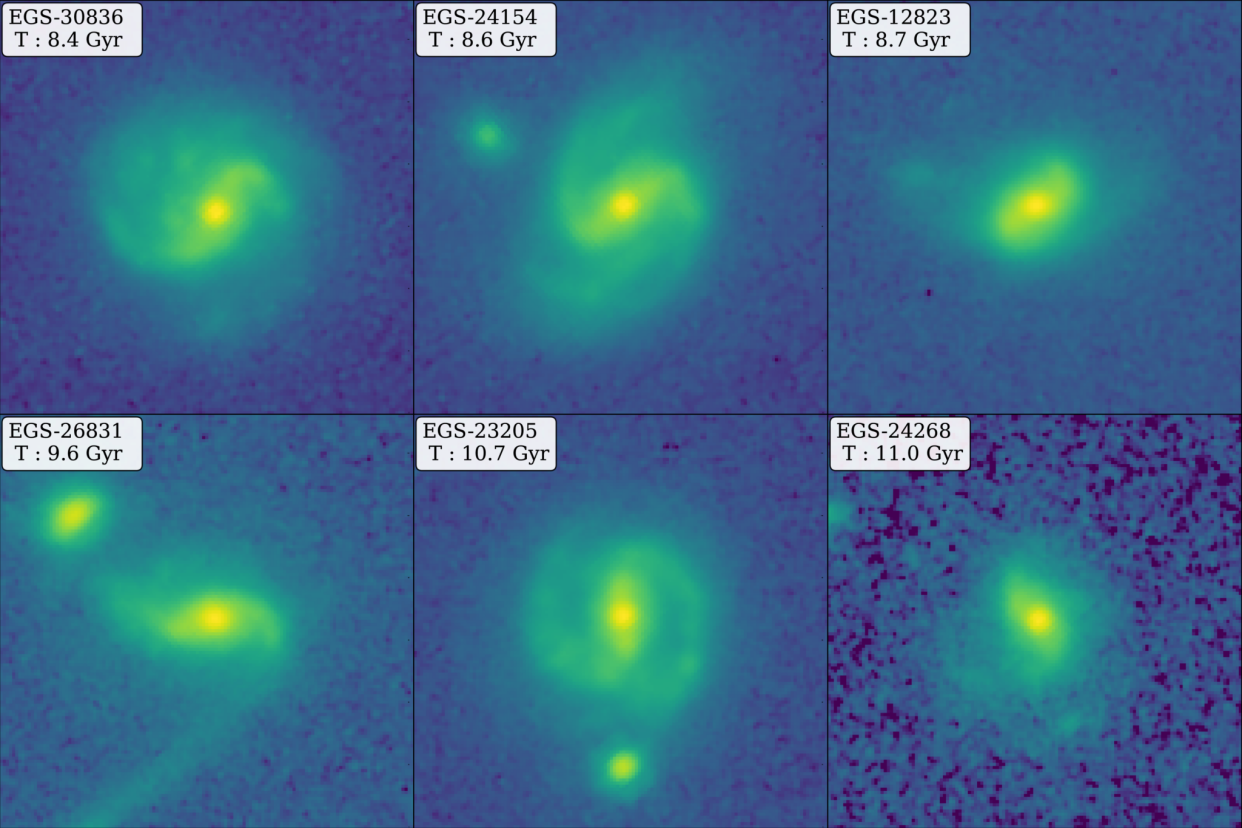University of Texas researchers discover barred galaxies in young universe

For the first time, University of Texas researchers have discovered barred galaxies similar to the Milky Way that existed when the universe wasonly a quarter of its current age.
A bar is an elongated structure of stars that starts in the center of a galaxy and extends out into its outer disk, UT astronomy professor Shardha Jogee said.
The bars take the gas from the outer part of the galaxy and channel it into the center, just as raw materials go from a harbor to a factory in a city, Jogee said.
The bar is “solving the supply chain problem by taking the gas from the outer disk of the galaxy, bringing it to the center of the galaxy, and then the center of the galaxy is where the gas gets converted into stars at a very, very fast rate,” Jogee said.
More:UT researchers receive $1.5M grant to create technology for cellular bonding studies
The discovery of barred galaxies can be attributed to the James Webb Space Telescope, which produces more powerful and higher resolution images of space than its predecessor, the Hubble Space Telescope, Jogee said.
“The Webb works at long infrared wavelengths, where it can look through the dust in the galaxy and see the underlying distribution of stars and see the bars,” Jogee said.
The reason this discovery of barred galaxies at such an early stage in the universe matters is that previously scientists could trace their existence up to 10 billion years ago. The discovery will provide better insight into how the universe has evolved over time, said UT astronomy senior Eden Wise, who assisted with the discovery.
Micaela Bagley, a postdoctoral fellow in astronomy and a collaborator on the Cosmic Evolution Early Release Science Survey at UT, supported the research by reducing the images provided by the Webb telescope to the whole survey team. Jogee and astronomy graduate student Kay Guo visually identified the barred galaxies in the images and conducted various analyses.
More:How would the proposed Texas budgets fund higher education? Here's what we know.
“What I did is a well-known technique called ellipse fitting,” Guo said. “We’re very excited that we actually found some (bars) because there are multiple simulations and multiple theories that actually produce different results” about barred galaxies.
Stars like the sun are important to human life, said Eva Chen, a physics, math and astronomy senior at UT who assisted with the discovery. Since barred galaxies are important for the rapid formation of new stars, understanding barred galaxies better will help us understand new ways to form stars.
The next step from this discovery is studying bar fractions, which will help researchers understand what fraction of galaxies at different stages of the universe are barred. This will give scientists a better understanding of how the universe has evolved, Guo said.
This story was originally published by The Daily Texan, the independent newspaper produced by University of Texas students.
This article originally appeared on Austin American-Statesman: UT researchers discover barred galaxies in young universe

